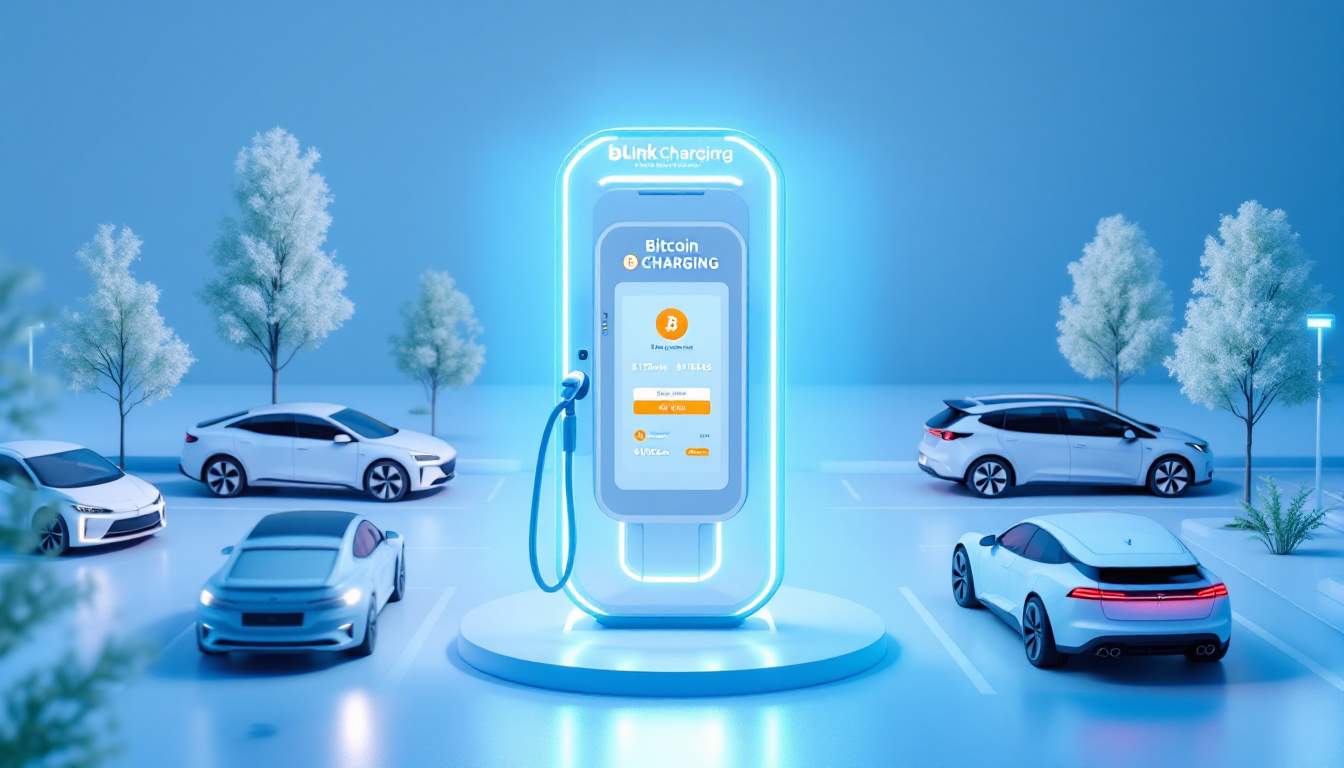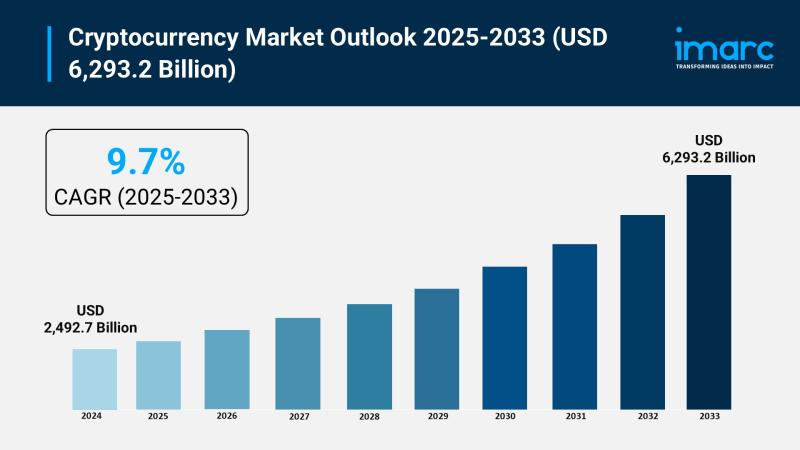Bitcoin's Next Big Leap: Can Blink Charging Revolutionize Digital Payments?

Blink Charging is set to transform the electric vehicle (EV) charging landscape by integrating Bitcoin payments across its extensive network of charging stations. By 2025, the company plans to enable cryptocurrency transactions at an impressive 90,000 charging locations, potentially revolutionizing how drivers pay for electric vehicle charging.
This groundbreaking initiative represents a significant leap forward in merging digital currency with everyday transportation infrastructure. Drivers will soon have the option to seamlessly pay for their EV charging using Bitcoin, eliminating traditional payment barriers and offering a more flexible, decentralized payment method.
The strategic move not only simplifies the charging process but also signals a broader trend of cryptocurrency adoption in mainstream services. As electric vehicles continue to gain popularity, Blink Charging's innovative approach could set a new standard for payment flexibility in the rapidly evolving green transportation sector.
By embracing cryptocurrency, the company is positioning itself at the forefront of technological innovation, potentially attracting tech-savvy EV owners and cryptocurrency enthusiasts alike. This integration could accelerate the mainstream acceptance of both electric vehicles and digital currencies, creating a more interconnected and technologically advanced transportation ecosystem.








